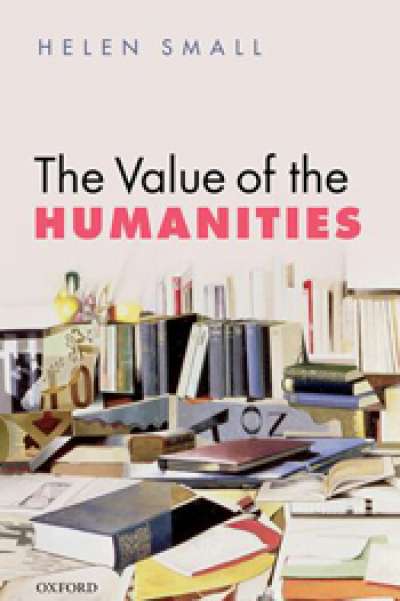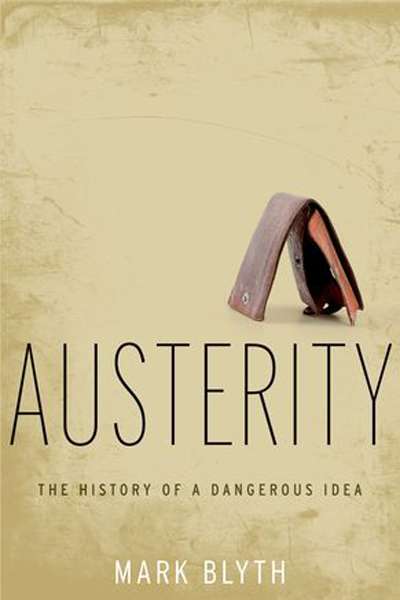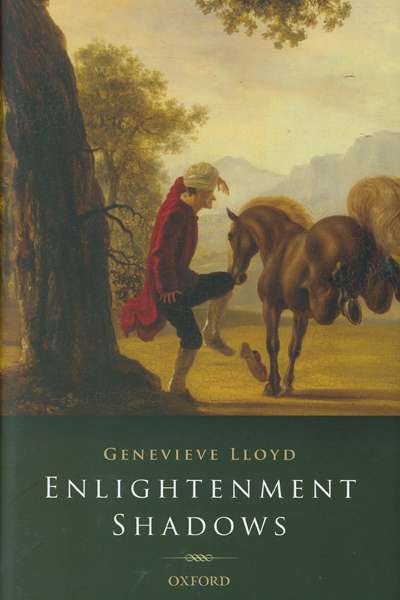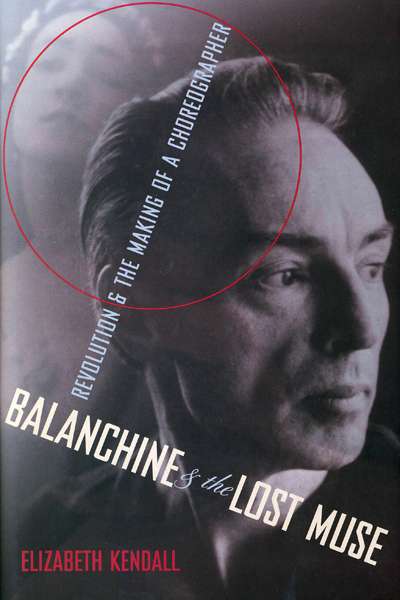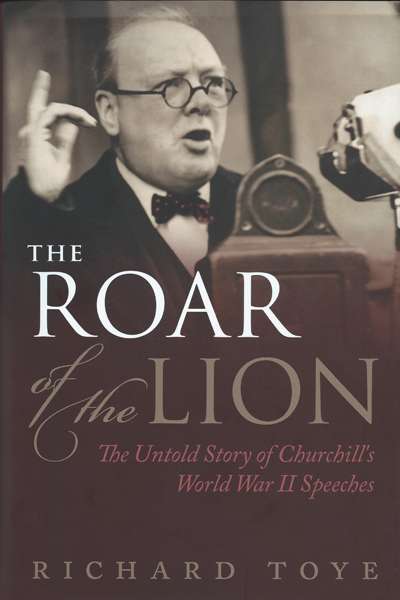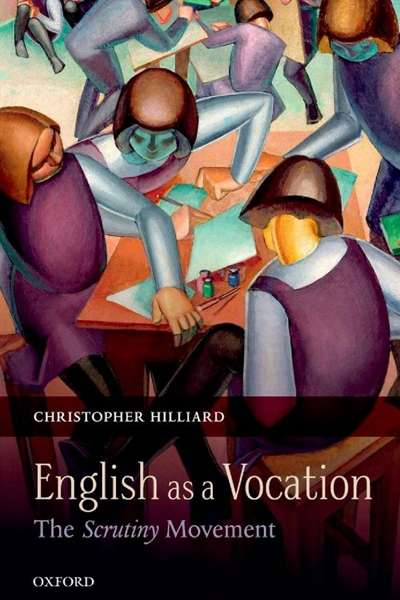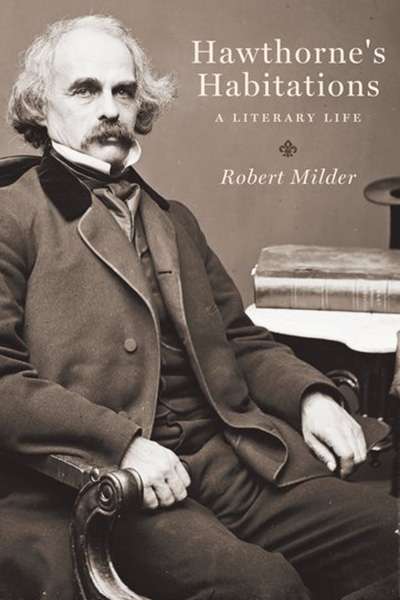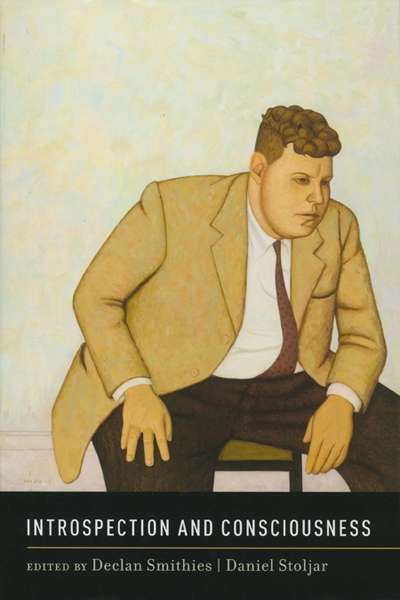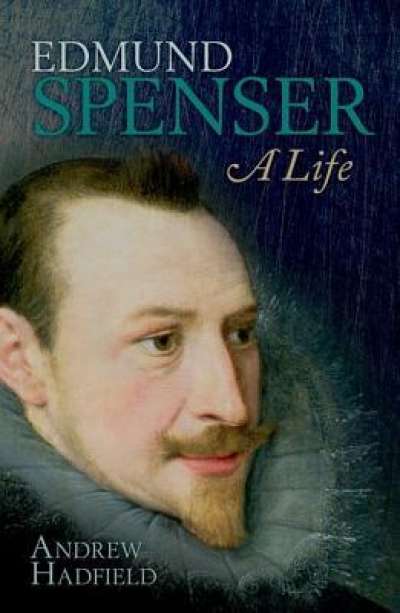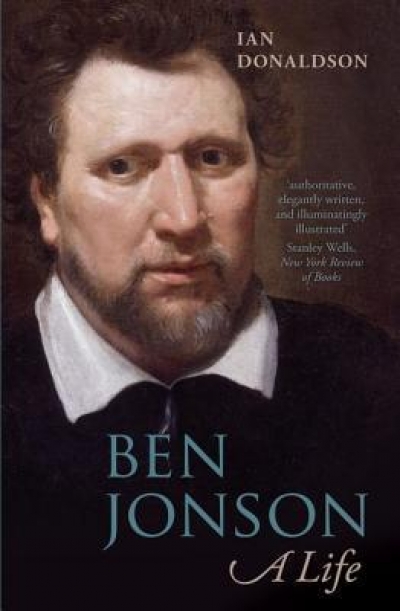Oxford University Press
Balanchine and the Lost Muse: Revolution and the Making of a Choreographer by Elizabeth Kendall
by Dina Ross •
The Roar of the Lion: The Untold Story of Churchill’s World War II Speeches by Richard Toye
by Robin Prior •
English as a Vocation: The Scrutiny movement by Christopher Hilliard
by Alexander Howard •
Introspection and Consciousness edited by Declan Smithies and Daniel Stoljar
by Frank Jackson •

